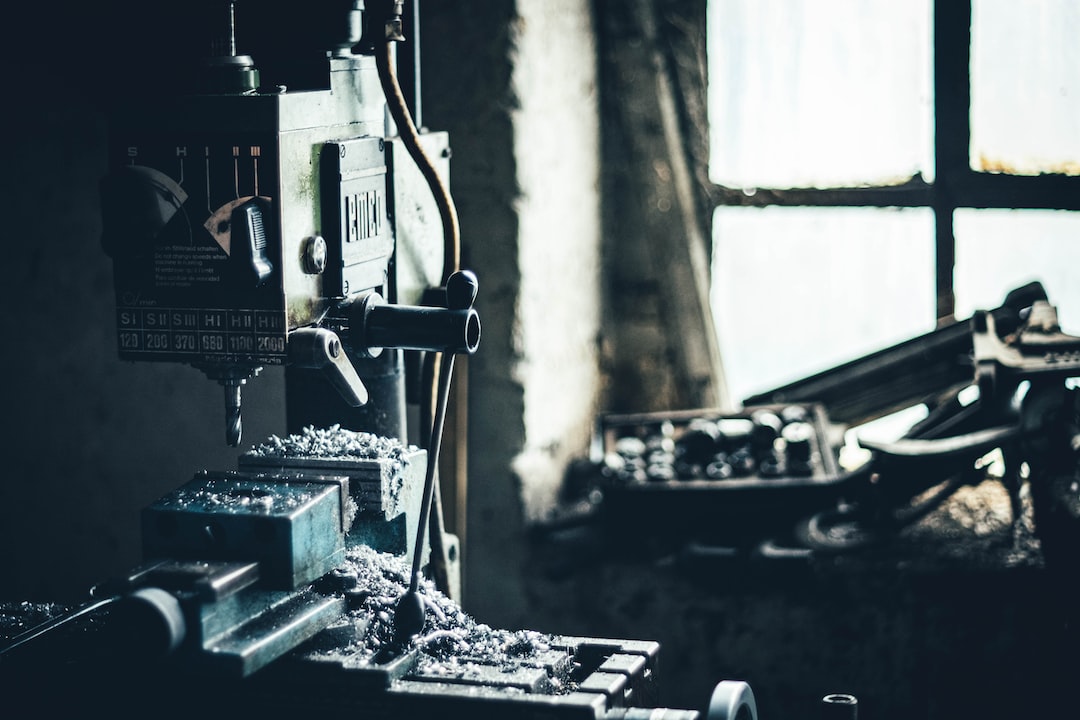How Augmented Reality is Enhancing Manufacturing Workforce Skills
In recent years, Augmented Reality (AR) has gained significant traction across various industries. It has proven to be particularly transformative in manufacturing, revolutionizing the way workers acquire and apply skills. AR, as a technology, blends virtual and real-world elements, offering an immersive experience that enhances the overall learning process. In this blog post, we will explore how Augmented Reality is enhancing manufacturing workforce skills and driving advancements in the industry.
One of the key advantages of AR in manufacturing is its ability to provide workers with real-time information and guidance. With the help of wearable devices or mobile applications, employees can access contextual information related to their tasks. For example, an assembler can wear AR glasses that superimpose step-by-step instructions onto their field of vision, eliminating the need for physical manuals or training materials. This not only reduces errors but also enhances productivity, as workers can quickly retrieve information on demand, without interrupting their workflow.
Moreover, AR facilitates on-the-job training, allowing workers to gain new skills efficiently. Traditional training methods often involve classroom instruction or shadowing experienced employees, which can be time-consuming and may not provide a hands-on learning experience. With AR, trainees can simulate real-life scenarios and practice their skills in a safe virtual environment. This empowers them to acquire the necessary expertise without the risk of damaging equipment or causing disruptions on the production floor.
Another aspect in which AR is enhancing manufacturing workforce skills is by enabling remote collaboration. In today’s globalized world, companies often have teams scattered across different locations. AR technology enables remote experts to assist local workers by sharing their expertise and guidance in real-time. For instance, a technician in one part of the world can remotely guide a worker on a complex repair operation using AR glasses, eliminating the need for costly and time-consuming travel. This not only enhances the speed and efficiency of problem-solving but also fosters knowledge sharing and collaboration among geographically dispersed teams.
Furthermore, AR offers the potential for creating a digital twin of physical objects, allowing workers to interact with virtual models before working on the actual equipment. This capability significantly reduces the risk of errors and helps in troubleshooting complex machinery. For example, an engineer can assess the impact of a proposed modification to a production line by visualizing it in an AR environment, without the need for physical prototyping. This not only saves time and resources but also enables more effective decision-making and problem-solving.
Additionally, AR can support ongoing maintenance by providing workers with real-time diagnostics and predictive analytics. By wearing AR glasses or using mobile applications, technicians can detect and address issues before they escalate, reducing equipment downtime and maximizing productivity. The technology can also provide workers with access to historical data, enabling them to identify patterns and optimize maintenance schedules. This empowers them to work more efficiently and proactively, reducing costs and improving overall equipment reliability.
In conclusion, Augmented Reality is revolutionizing the manufacturing industry by enhancing workforce skills and driving advancements. AR enables real-time information and guidance, facilitates on-the-job training, enables remote collaboration, and supports maintenance activities. By integrating AR into their operations, manufacturing companies can unlock new levels of productivity, efficiency, and innovation. As the technology continues to mature, we can expect even greater adoption and impact across the manufacturing sector.

